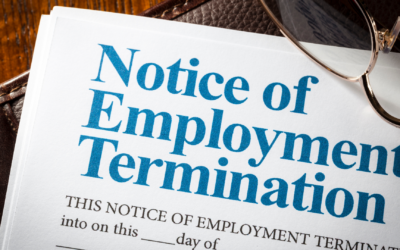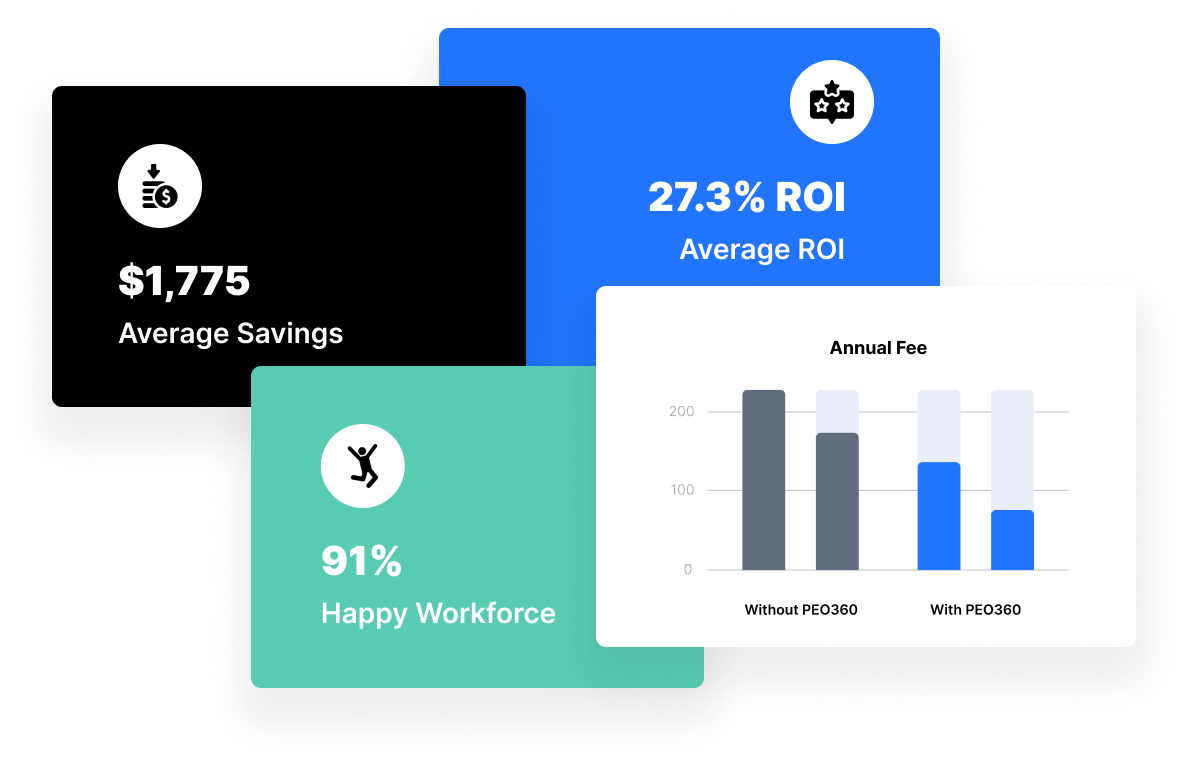Election Day is fast approaching, and for employers, this period can be as daunting as it is significant. Ensuring employees can exercise their right to vote without hindrance is crucial, and understanding the patchwork of state regulations surrounding time off to vote is essential for compliance. But how can employers, especially those in states with specific rules, prepare adequately? This guide will explore states with time-off-to-vote regulations and offer insights for employers on ensuring compliance while supporting their workforce.
Why Voting Leave Matters More Than Ever
In a democratic society, voting is a fundamental right, a pillar upon which the concept of self-governance stands. The significance of allowing employees to participate in elections cannot be overstated. But what’s in it for employers? Supporting voting not only fulfills a legal obligation in many states but also fosters a sense of civic duty within your organization. It can even enhance employee morale, as employees feel valued and supported in their civic responsibilities.
Statistics show that workplaces that encourage voting often see improved employee satisfaction. Isn’t that something every employer aspires to achieve? Beyond compliance, it’s about building a culture that values participation and responsibility.
Understanding State-Specific Regulations
The absence of a federal mandate on voting leave means the rules differ significantly across states. While some states require paid time off, others offer unpaid leave, and a few have no specific laws at all. For employers operating in multiple states, this can be a challenging landscape to traverse.
For instance, in Alabama, California, and New York, employers are required to post notices outlining voting leave rights and the necessary procedures. Ignorance isn’t bliss here—it’s a compliance risk. Understanding these nuances is the first step towards the seamless integration of voting policies into your HR practices.
The Power of Written Notices
In states like Alabama, California, and New York, the law requires employers to provide written notices to employees ahead of elections. This isn’t just a bureaucratic step; it’s a crucial communication tool. A well-placed notice can prevent misunderstandings and ensure employees are aware of their rights, thus reducing last-minute scheduling conflicts.
Consider the implications of missing this step. Not only does it open up potential legal issues, but it can also damage trust and morale within your workforce. Remember, clarity breeds confidence. By ensuring all employees are informed, businesses can foster a more engaged and satisfied workforce.
Balancing Business Needs and Civic Duties
Employers often worry about balancing operational needs with employee rights. How can you manage workflow while allowing time off for voting? It’s simpler than it seems. By planning ahead, you can minimize disruption. Encourage early voting or mail-in ballots where possible, and communicate clearly with your teams about scheduling.
Think of it as a team effort. Encouraging voting doesn’t have to come at the expense of productivity. Instead, it represents an investment in your employees’ well-being and the company’s reputation as a socially responsible entity.
The Risk of Noncompliance
Failing to adhere to voting leave laws isn’t just a legal issue—it can also be reputational. Imagine the headlines if your company were seen as suppressing voter rights. Complying with these laws isn’t just about avoiding penalties; it’s about maintaining the integrity and reputation of your business.
Noncompliance can also lead to costly legal battles and damage to employer-employee relationships. Is it worth the risk, when the solution lies in proactive planning and clear communication?
Crafting an Effective Voting Leave Policy
Creating a robust voting leave policy involves more than just ticking a box. It requires thoughtful consideration of your organization’s structure and the specific legal requirements of your state. The policy should clearly outline the procedure for requesting time off, any advance notice required, and whether the time off is paid or unpaid.
A comprehensive voting leave policy acts as a guiding document that aligns the organizational goals with legal compliance and employee empowerment. It’s about setting expectations and ensuring everyone is on the same page.
Steps to Ensure Compliance
- Download Required Notices: For states like Alabama, California, and New York, ensure you have the necessary notices ready. Display them prominently where all employees can see them by Oct. 26th, 2024 (if necessary).
- Educate Your Team: Inform managers and HR professionals about the rules and the company’s stance on voting leave. Being proactive in communication can prevent misunderstandings and last-minute confusion.
- Support Employee Rights: Encourage your workforce to vote. Remind them of their rights and how your company supports their civic duties.
- Plan for Election Day: Assess operational needs and plan schedules to accommodate time off for voting. This foresight can go a long way in maintaining productivity and morale.
Stay compliant with PEO 360
Understanding and navigating voting leave regulations is a critical aspect of contemporary business management. For employers, it’s about more than just compliance—it’s about fostering a workplace culture that values civic responsibility and employee empowerment. As Election Day approaches, take proactive steps to ensure your business is aligned with state laws and prepared to support your employees’ right to vote.
In doing so, you’re not just avoiding legal pitfalls; you’re building a stronger, more engaged, and more respected organization. Consider scheduling a strategy call with PEO 360 for further guidance or assistance. Our experts stand ready to help you align your business practices with best-in-class compliance and employee engagement strategies.





